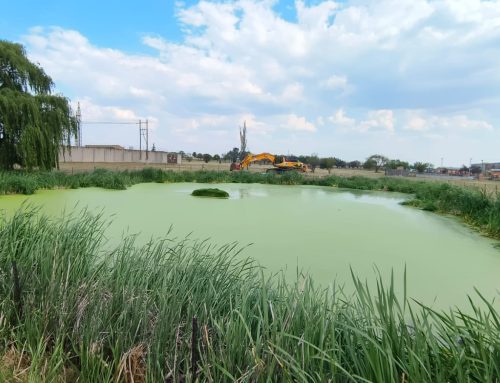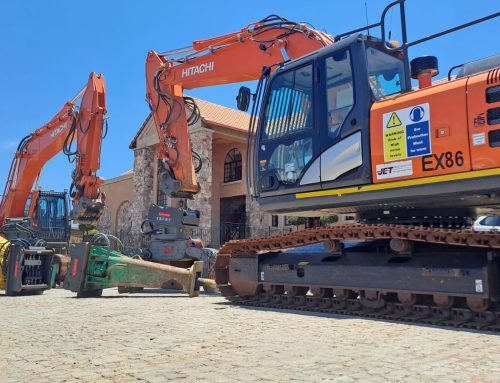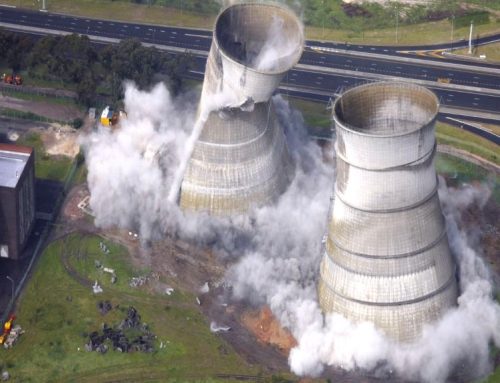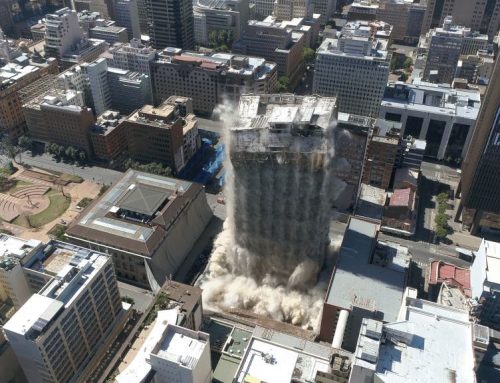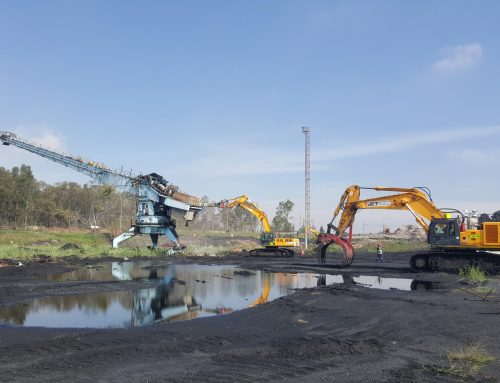CONSTRUCTION WORLD – 16 January 2025
Construction World: The crucial role of demolition in dam maintenance
Demolition plays a crucial role in dam maintenance by facilitating the repair, renovation, or removal of structures to ensure the dam’s integrity, safety and functionality. Years of applied demolition research has enabled Jet Demolition to offer an integrated approach to dam rehabilitation.
Over time, dams can develop structural issues such as cracks, weakened spillways or compromised foundations. Demolition of damaged sections allows for the safe removal of deteriorated materials, making way for repairs or replacements. For example, partial demolition of a spillway may be necessary to replace it with more durable materials or to upgrade its capacity.
Dams built decades ago may not meet current safety standards or operational requirements. Demolition of outdated components such as control gates, overflow structures or auxiliary buildings is often necessary to modernise the dam. This process enables the installation of new technologies such as automated control systems or enhanced flood control measures.
Hybrid solutions are developed to suit specific, on-site conditions while protecting the structural integrity of the remaining concrete. Rehabilitation of dam walls usually requires demolition of redundant portions of monolithic blocks. “Judicious selection of demolition methods and their application techniques are vital to a controlled and productive project,” comments Kate Bester, Contracts and Project Manager at Jet Demolition.
In certain instances, explosive demolition may be possible and appropriate. Various drilling and coring methods are then applied to generate blast holes of pre-determined depths, diameters, and alignments, in strict accordance with our in-house blast-design, where the nature of the works to be undertaken warrants controlled blasting of spillways and structural elements.
Detonation causes both shock wave and gas penetration energy transfer to concrete structures. Therefore, it is critical to ensure physical separation of the elements, combined with careful and considered selection of blasting applications, to ensure reliable and predictable results, without residual damage to the remaining concrete.
The company has successfully completed numerous dam wall demolition projects, both by explosive and mechanical means. Its range of dam-specific services include vertical and horizontal drilling and coring, blasting, diamond wire rope cutting and mechanical breaking using specialised demolition tools.
When a dam reaches the end of its useful life, or if it poses safety risks, full or partial demolition is required to decommission the structure safely. This process can involve the controlled explosive or mechanical removal of key components such as spillways or retaining walls to reduce the dam’s height or eliminate its water-retaining capabilities. Proper decommissioning through demolition ensures that the site is returned to a safe and environmentally stable condition.
Some older dams can negatively impact local ecosystems by disrupting natural water flows and fish migration patterns. In such cases, selective demolition can create openings for fish passage or restore natural riverine environments. This type of demolition is carefully planned to minimise ecological disturbance while achieving environmental restoration goals.
In response to changing environmental conditions or increased risk of natural disasters, demolition may be necessary to modify a dam’s structure, such as reinforcing its base or adding new spillways. These safety enhancements ensure the dam can withstand extreme events and continue to protect downstream communities.
“Integrating sustainable demolition practices and circular construction principles can significantly mitigate the environmental impact of the construction industry, promoting a more sustainable future,” concludes Bester.


